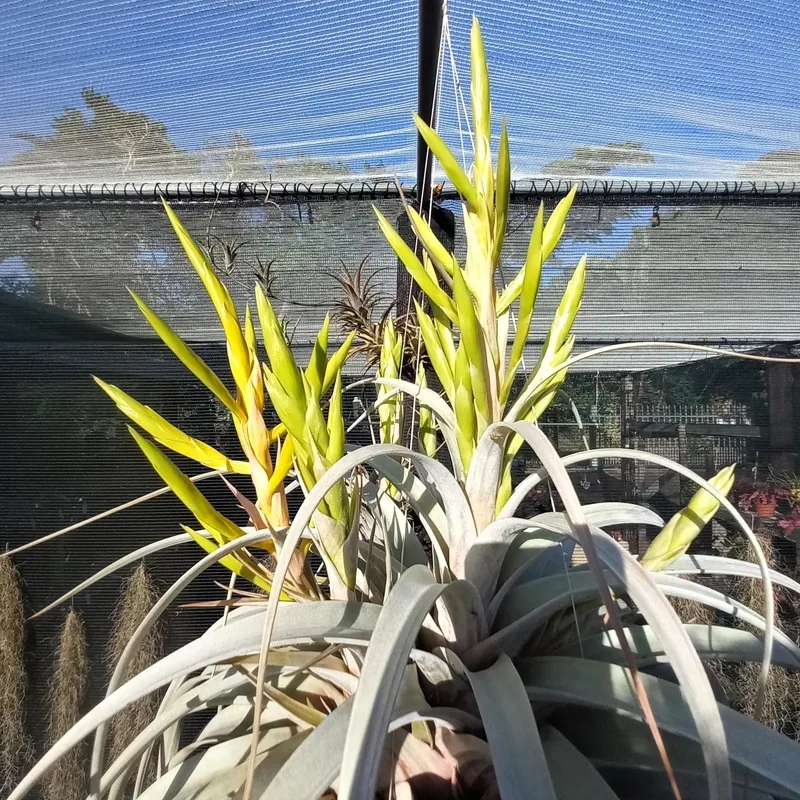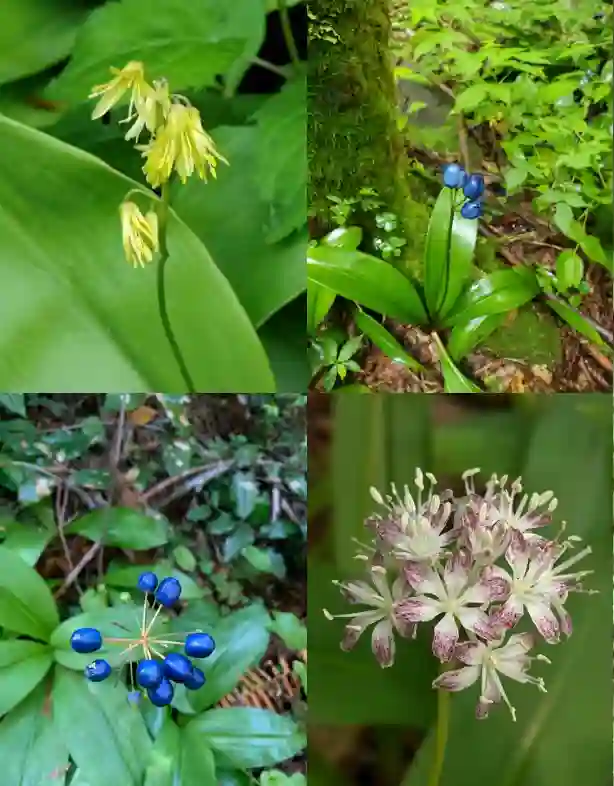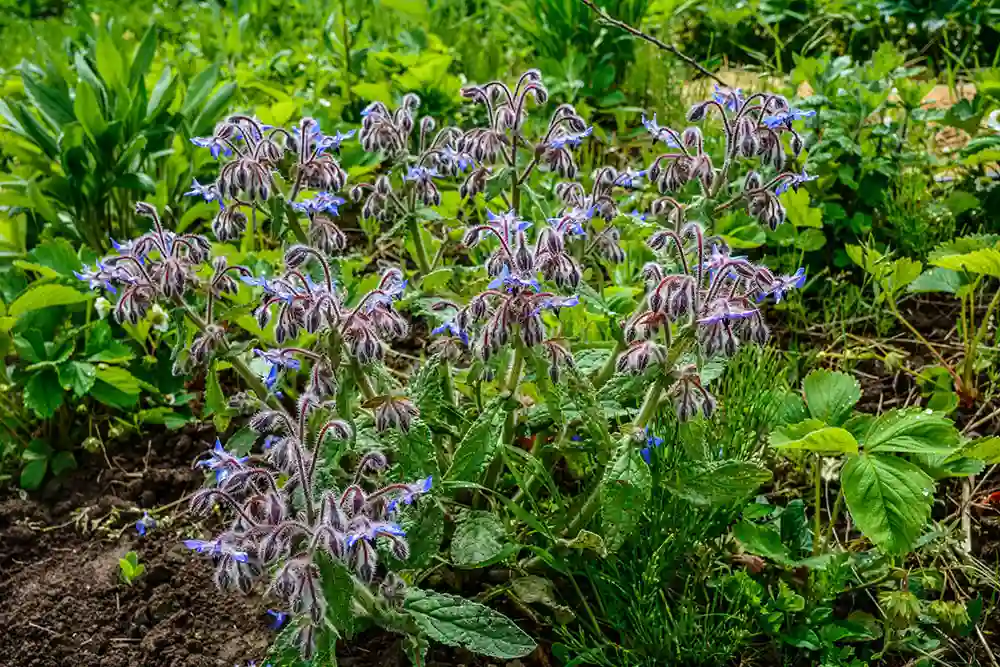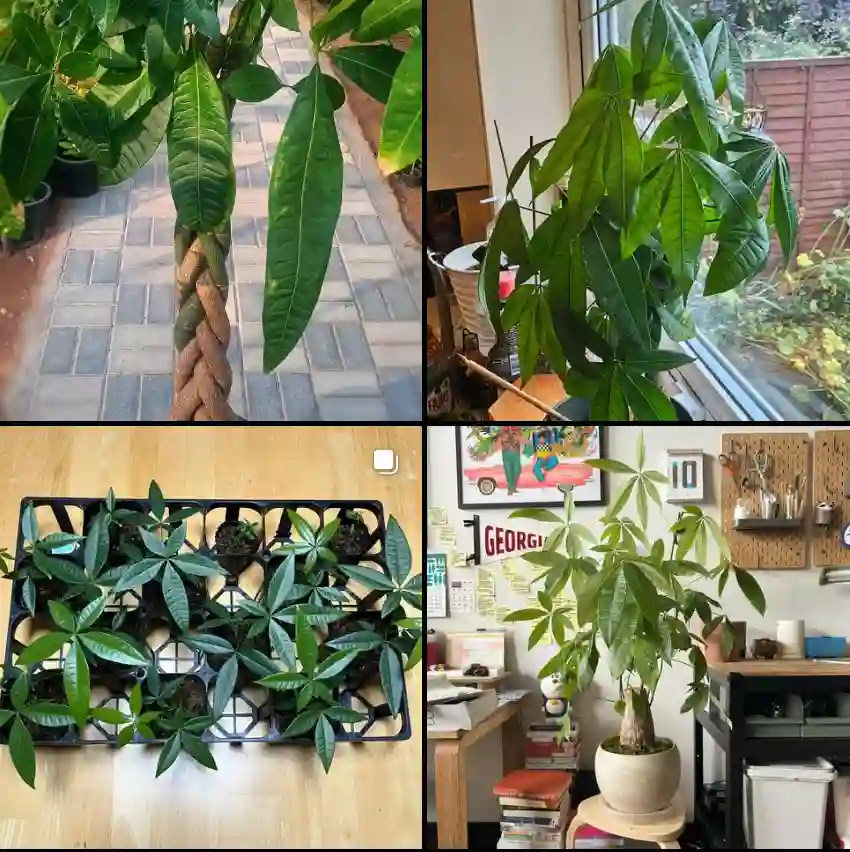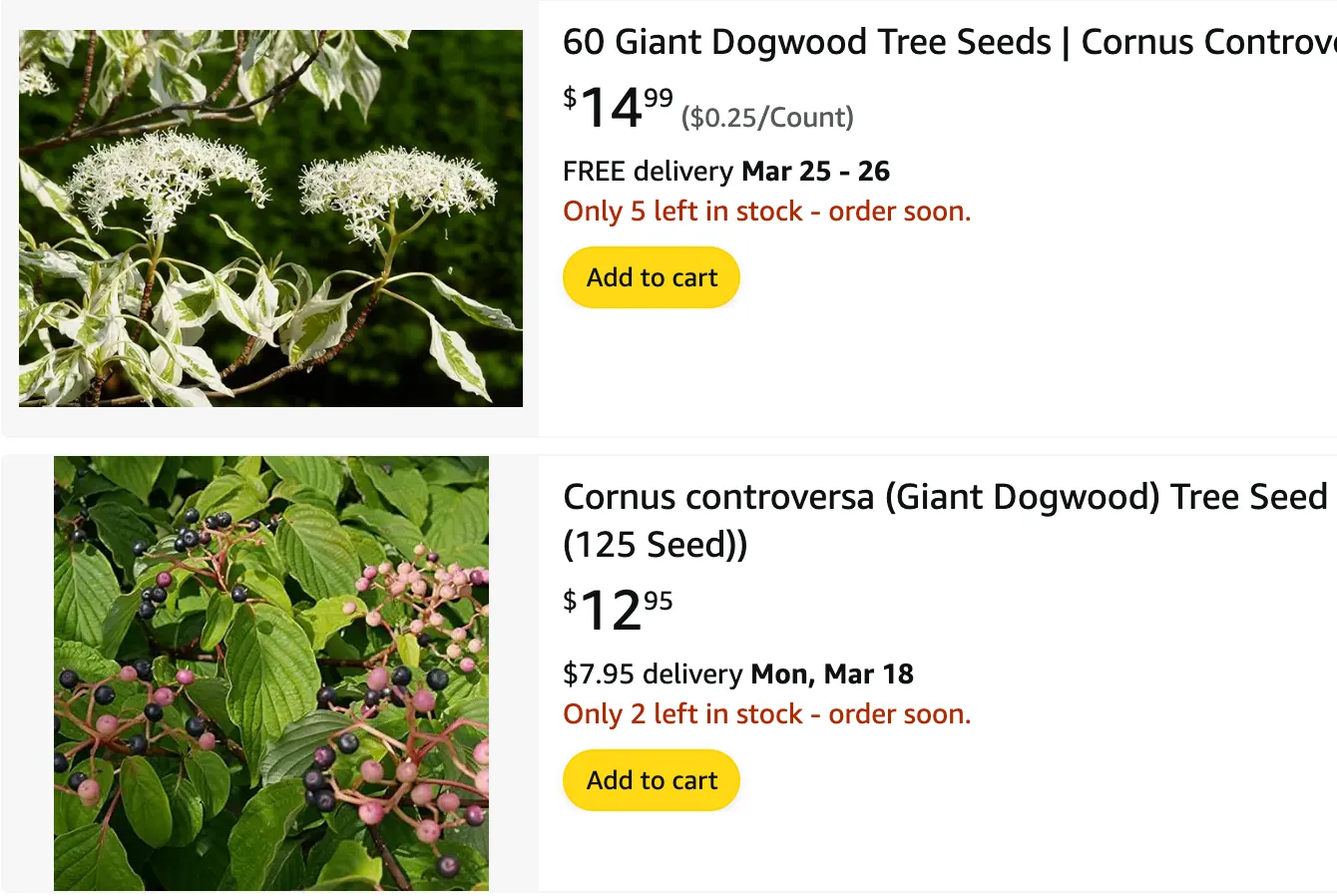
My Journey with Cornus Controversa
As an avid gardener, I’ve always had a deep appreciation for unique and beautiful plants. One of my favorites is Cornus Controversa, commonly known as the Giant Dogwood or Wedding Cake Tree. Its tiered, horizontal branches and variegated leaves make it a standout in any garden. Over the years, I’ve learned a lot about how to care for this stunning tree, and I’d like to share some of that knowledge with you.
56 Species in Genus Cornus – Dogwood
What is Cornus Controversa?
Cornus Controversa, or the Wedding Cake Tree, is a deciduous tree native to parts of Asia. It’s known for its distinctive layered growth habit, which gives it a unique and striking appearance. The variegated variety, Cornus Controversa Variegata, features leaves edged with creamy white margins, adding to its ornamental appeal. In late spring to early summer, it produces clusters of small, white flowers followed by dark blue-black berries.
Cornus Controversa vs Alternifolia
I’ve grown both Cornus controversa and Cornus alternifolia, and I find that the Controversa stands out for its tiered branching, which creates a beautiful layered effect that I love in my garden. In contrast, the Alternifolia, with its horizontal branches, offers a more sweeping, open canopy that provides a different kind of elegance. Personally, I enjoy the Controversa’s dramatic structure, while the Alternifolia gives a softer, more graceful look that works well in shaded areas.
How to Care for Cornus Controversa?
Caring for Cornus Controversa is relatively straightforward if you follow a few basic guidelines. This tree prefers a location with partial shade to full sun and well-drained, fertile soil. It’s important to water it regularly, especially during dry spells, to help establish a strong root system. Mulching around the base can help retain moisture and keep the roots cool.
Fertilize in early spring with a balanced, slow-release fertilizer to promote healthy growth. Additionally, keeping an eye out for pests and diseases, such as dogwood anthracnose and powdery mildew, can help maintain the tree’s health and appearance.
How to Propagate Cornus Controversa Variegata?
Propagating Cornus Controversa Variegata can be done through seeds, cuttings, or layering. Here’s how I’ve successfully propagated this beautiful tree:
Seeds
- Collect Seeds: Harvest the berries in late summer when they are ripe. Remove the pulp and dry the seeds.
- Stratification: Cold stratify the seeds by placing them in a moist medium (like sand or peat) and storing them in the refrigerator for 3-4 months.
- Sowing: Sow the seeds in a well-draining potting mix and keep them in a cold frame or greenhouse. Germination can be slow, so patience is key.
Cuttings
- Select Cuttings: Take semi-hardwood cuttings in late summer.
- Prepare Cuttings: Remove the lower leaves and dip the cut end in rooting hormone.
- Plant Cuttings: Place the cuttings in a pot with a mix of peat and perlite. Keep the soil moist and cover with a plastic bag to maintain humidity until roots develop.
Layering
- Select a Branch: Choose a low-growing, flexible branch in spring.
- Prepare the Branch: Wound the branch slightly where it will touch the soil.
- Secure and Bury: Bury the wounded section in the soil, securing it with a peg or stone.
- Wait for Roots: Check periodically for root development. Once rooted, sever the new plant from the parent and transplant it.
How to Prune Cornus Controversa?
Pruning Cornus Controversa is essential to maintain its shape and health. Here’s how I approach it:
- Timing: Prune in late winter or early spring before new growth begins.
- Tools: Use clean, sharp pruning shears to make precise cuts.
- Remove Deadwood: Start by removing any dead, damaged, or diseased branches.
- Shape and Thin: Thin out crowded branches to improve air circulation and enhance the tree’s tiered structure.
- Training: For young trees, prune to establish the desired shape, focusing on the natural tiered habit.
When to Prune Cornus Controversa Variegata?
The best time to prune Cornus Controversa Variegata is in late winter to early spring, just before the new growth starts. This timing helps minimize stress on the tree and allows it to heal quickly as the growing season begins. Avoid pruning in late summer or fall, as this can encourage new growth that may not harden off before winter, making the tree susceptible to damage.
What to Plant with Cornus Controversa?
Choosing companion plants for Cornus Controversa can enhance the beauty of your garden. Consider these options:
- Understory Plants: Hostas, ferns, and hellebores thrive in the dappled shade beneath the tree.
- Shrubs: Azaleas and rhododendrons complement the tree’s variegated foliage and spring blossoms.
- Ground Covers: Pachysandra and vinca provide a lush carpet that contrasts nicely with the tree’s bark and leaves.
In conclusion, Cornus Controversa is a magnificent addition to any garden. With proper care, propagation, and pruning, this tree can thrive and bring beauty to your outdoor space for years to come. Happy gardening!
If i die, water my plants!
